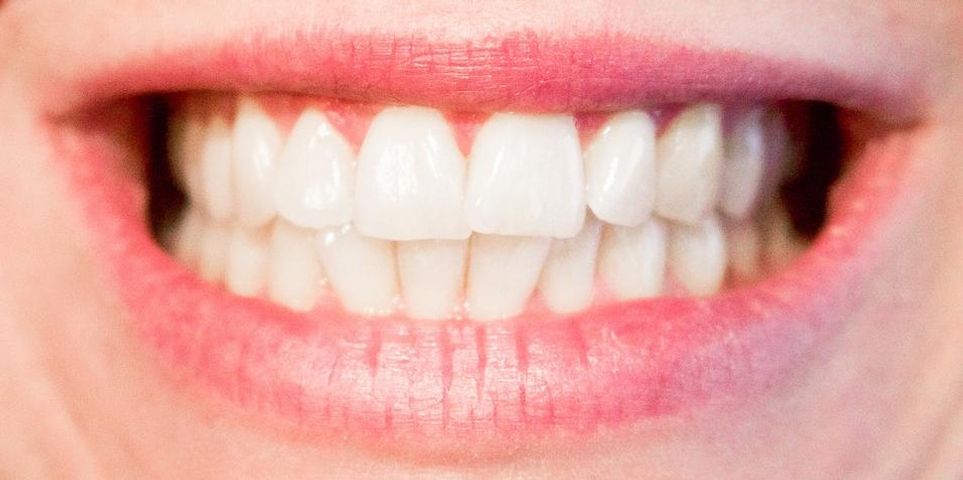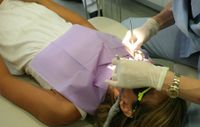Beyond Root Canals: 3 Occasions That Call for Tooth Extraction

Tooth extractions are usually seen as “last resort” options, as dentists prefer to preserve natural teeth whenever possible, even when there is decay. Keeping your natural teeth is the best way to ensure that the alignment of your teeth and the structure of your face remains unchanged. However, there are some dental issues and circumstances for which a tooth extraction is the best or only treatment recommended. John P. Belbas, DDS’s dental clinic in Lakeville, NY, has the knowledge and experience for comprehensive dental services from teeth cleaning to braces.
While teeth problems are never a fun experience, here’s three situations which necessitate a tooth extraction:
- Tooth Trauma: Tooth trauma refers to when a tooth cracks, chips, or fractures after an injury. At times, a root canal can save the natural tooth. However, sometimes the damage is considerable enough, and deep enough in the root beneath the gumline, that the dentist simply cannot fix the fractures in a way that enables proper healing. In this case, a tooth extraction is usually the only option left and can be more cost-effective than paying for a root canal or other complicated restoration procedures.
- Not Enough Bone: Sometimes, a cavity can become so big that your tooth doesn’t have enough structure left to repair. The extensive decay won’t be able to accommodate a filling or a dental crown. Other times, loss of bone structure can be due to periodontal (gum) disease as well. In these cases, tooth extraction becomes the best bet. In the case of gum disease, the tooth extraction must usually be followed by the use of special gum-protecting toothpaste for continued oral health.
- Orthodontic Treatment Or Wisdom Teeth: Tooth extractions often take place before or during orthodontic treatment. When teeth get overcrowded and the jaws don’t have enough space to accommodate all of them, a dentist will recommend getting one or two teeth extracted so that the teeth can shift during orthodontic treatment without interfering with each other. Finally, a common example of tooth extraction is wisdom tooth removal, in which the teeth behind molars are growing in at an awkward angle and are best removed before they cause pain.
While extractions aren’t the go-to treatment choice, especially when there are other ways to deal with a dental issue, they can be useful and effective options when there seems to be no other choice. For more on extractions, teeth cleaning services, and other dental procedures, contact John .P Belbas, DDS’s dental clinic at (585) 346-5220 or visit their website.
About the Business
Have a question? Ask the experts!
Send your question

